Exploring the factors that determine the ideal size of a mini split for your garage can help ensure efficient temperature control in this versatile space.
Determining the correct size of a mini-split for your garage is crucial to ensure efficient cooling and heating. It primarily depends on the size of your garage, how well it’s insulated, and the climate in your region.
Generally, for every 500-600 square feet of space, you will need about 12,000 BTUs (British Thermal Units). Hence, for a typical 2-car garage of about 400-500 square feet, a 12,000 BTU mini-split would be adequate.
However, this is just the tip of the iceberg. To dive into the specifics and understand how to calculate the exact size needed, consider factors like insulation, climate, and garage usage, which we will discuss in detail in the following sections.
Key takeaways:
- Insulation, climate, and garage size determine mini-split size.
- A 12,000 BTU mini-split is suitable for a typical 2-car garage.
- Factors like sunlight exposure and climate affect mini-split size.
- Consult with a professional to calculate the exact mini-split size.
- Mini-splits offer improved comfort, efficiency, and space saving in garages.
Understanding Mini Split Sizing
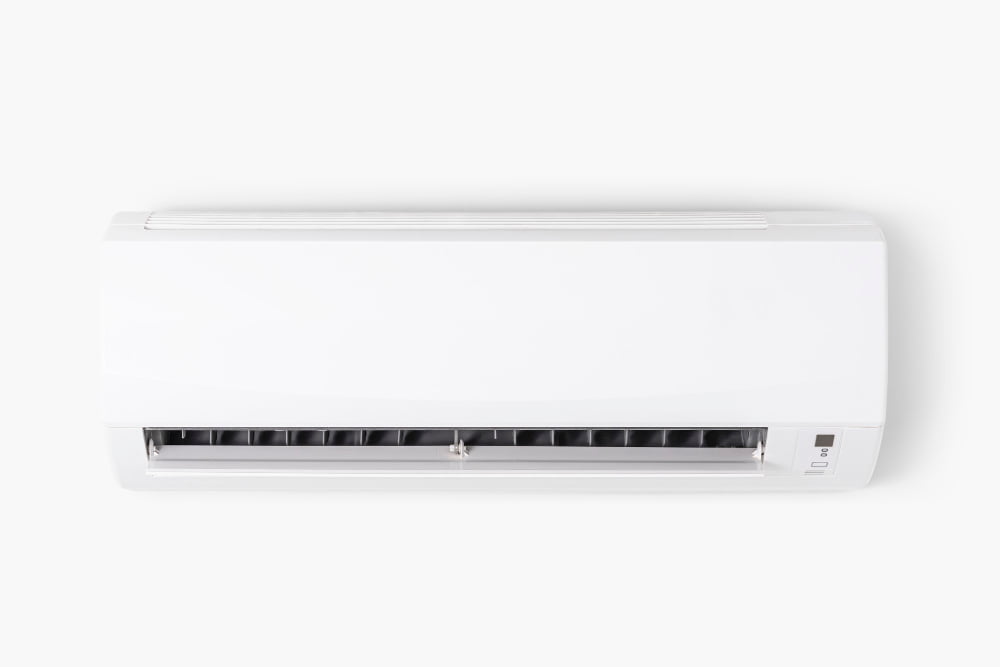
When it comes to mini-split sizing for your garage, there isn’t necessarily a one-size-fits-all solution. The required size depends on various factors according to your specific needs and the characteristics of your garage. Here are a few key points to consider:
- Insulation: Excellent insulation requires a smaller unit as heat transfer is minimal.
- Climate: Warmer regions generally require larger units due to the extra cooling job they have to undertake.
- Sunlight Exposure: A garage that gets a lot of sunlight might require a larger unit.
- Garage Size: Larger garages will understandably necessitate a bigger mini-split.
These factors combined will guide you to make an informed decision about the correct mini-split size.
What Size Mini-Split For 2 Car Garage?
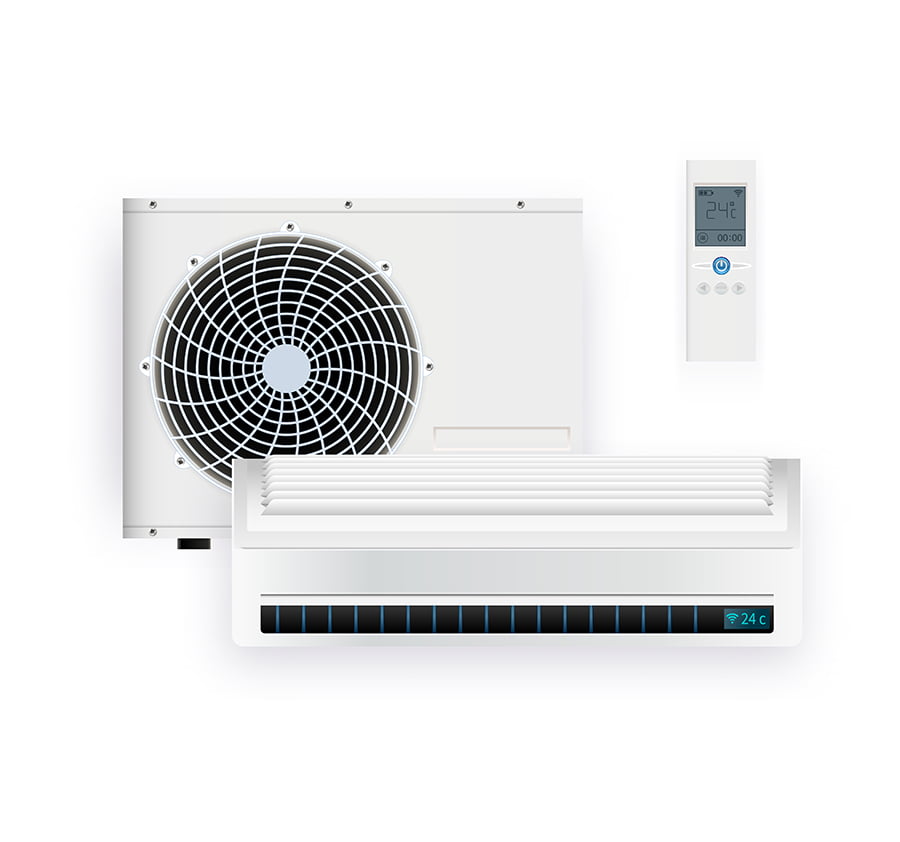
To cover a two-car garage, consider a 12,000 BTU (British Thermal Unit) mini-split. This size is typically adequate for a space of roughly 450-550 square feet which is the average size of a two-car garage. The mini-split’s effectiveness will significantly depend on the garage’s insulation quality. Well-insulated garages help retain heated or cooled air, which can reduce the demand on the mini-split system. Additionally, factors such as ceiling heights, geographical location, and personal comfort levels should be factored in for the choice of mini-split.
What Size Mini-Split For a 24×24 Garage?
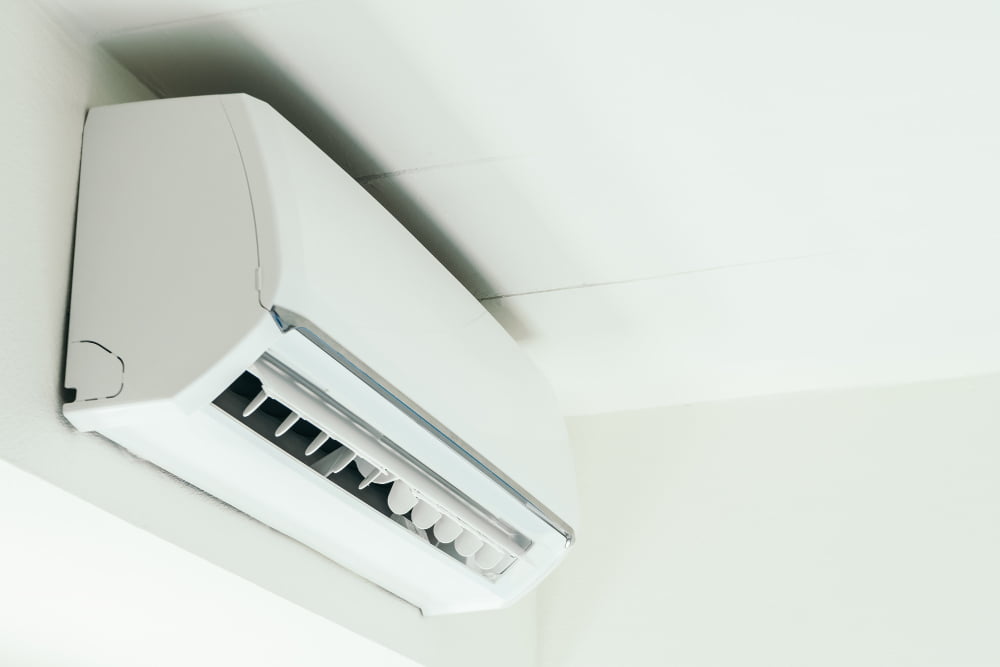
When dealing with a 24×24 garage, which equates to roughly 576 square feet, the mini-split size is crucial to adequately condition the space. Firstly, one must calculate the heat load — where insulation, climate, and garage usage come into play. Taking these factors into account, the general recommendation is approximately 12,000 to 18,000 BTU for a garage of this size.
However, these figures are not set in stone. A garage used primarily as a workshop for high-intensity tasks may require more capacity, hence a larger mini-split. Similarly, garages in extremely cold or hot climates might demand a more powerful system. On the contrary, if the garage has exceptional insulation and is located in a moderate climate, smaller units might suffice.
Therefore, a professional HVAC technician should make an accurate heat load calculation considering the insulation, climate, and usage before specifying the ideal mini-split size. Don’t forget, an oversized or undersized unit hampers energy efficiency, reduces comfort and increases the likelihood of early system failure. Such an expert evaluation ensures a proper fit, providing optimal performance, comfort, and energy efficiency.
What Size Mini-Split For 600 Sq Ft Garage?
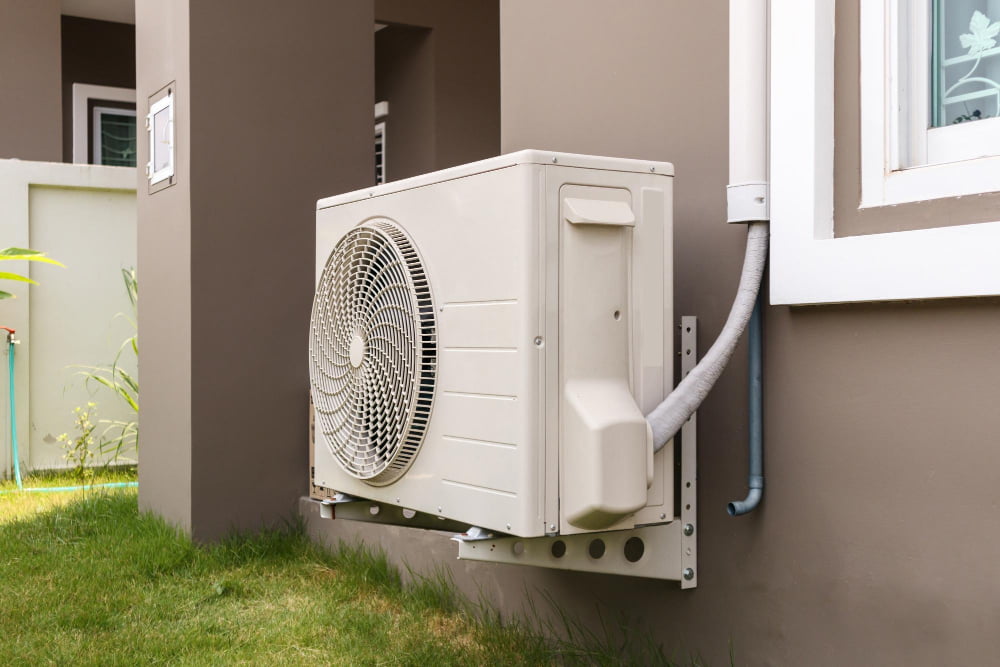
In general, you’ll need a 18,000 BTU system for a 600 square foot garage. Here’s why:
1. Consider the Rule of Thumb: Typically, HVAC professionals work with a loose standard of 20 BTUs per square foot for climate control. Given this, a unit that reaches around 12,000 BTUs would be suitable. But, in practice, garages often need larger units due to other considerations.
2. Insulation is Crucial: Garages usually lack proper insulation, and this drastically affects cooling needs. This factor alone can double your BTUs requirements. Missing insulation or large cinder block walls require a more powerful system – hence, the 18,000 BTU recommendation.
3. Remember the Heat Load: The contents of your garage – from vehicles to power tools – release residual heat, adding to the overall thermal load. The mini split will need to compensate for this extra heat to maintain a comfortable temperature.
4. Environmental Factors: Where you live and the local weather conditions play a big part in deciding the size of your mini-split. Extremely hot or cold areas often demand higher BTUs.
Selecting the right size ensures optimum performance and efficient energy usage. Consult with a local HVAC professional for a specific evaluation tailored to your garage.
Is A Mini-Split Good For A Garage?

Adding a mini-split to your garage can be a game changer in terms of improved comfort and efficiency. First, it’s a powerful climate control solution, regulating both heating and cooling, and ensuring a comfortable environment throughout the year. Second, it operates quietly, which makes it a perfect addition to a garage that doubles as a home office or gym. Furthermore, these systems are energy-efficient, reducing your environmental footprint and potentially lowering energy costs. Lastly, mini-splits are versatile and compact, which means they do not consume a lot of space, leaving more room for your tools or vehicles. Remember, though, that professional installation is crucial to avoid unnecessary operational issues.
Factors Affecting Mini Split Size Requirement
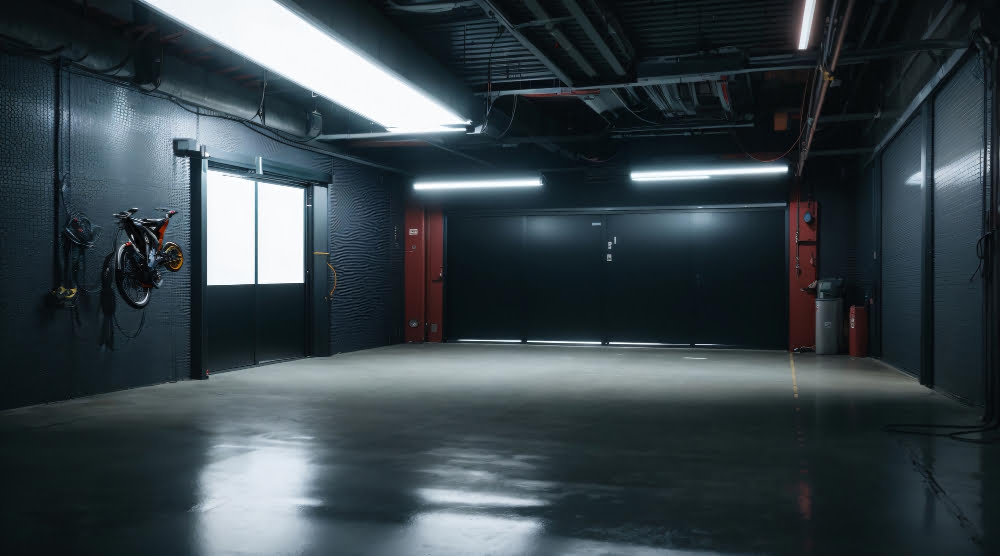
Several key elements come into play when determining the right size of mini-split for a garage.
1. Garage Size: The most critical factor is the size of your garage. Larger spaces require larger mini splits to efficiently control temperatures.
2. Insulation: How well your garage is insulated will significantly impact the efficiency of your mini-split. Poorly insulated garages require more potent units.
3. Climate: Your local climate also matters. If you live in a region where temperatures frequently drop below freezing or soar above 90 degrees, you’ll need a larger system than in milder climates.
4. Use of Space: Use of the garage is also a deciding factor. A garage used for storage or as a workspace might have different heating or cooling requirements.
Remember, having a correctly sized mini-split is crucial as an undersized unit will struggle to maintain the desired temperature, leading to inefficiencies, while an oversized unit will cost more upfront and can cause unwarranted power consumption.
Cost and Installation Process of a Mini-Split in a Garage

Installing a mini-split in a garage typically involves a few main steps: mounting the unit, executing the electrical work, and connecting the indoor and outdoor sections. Since this work requires knowledge of specific codes and regulations, it’s often advised to hire a professional installer. Various factors can impact the total cost, including the mini-split brand, unit size, features, and the complexity of installation.
The cost of the unit itself often ranges between $700 – $3,000, depending on its BTU rating and features. Labor charges can add anywhere from $300 to $1,500 to the total expense. Keep in mind, some companies provide installation as part of a package deal, potentially leading to savings.
It’s essential to remember that investing in a high-quality mini-split could offer considerable energy efficiency, which could lead to cost savings in the long run. Local or federal energy-efficiency incentives and rebates might also be available ‒ further reducing the overall installation expense.
FAQ
What size mini split do I need for a 20×20 garage?
For a 20×20 garage, you would need a 9,000 BTU mini split.
How many BTU do I need for a garage mini split?
For a garage with approximately 400 square feet, a mini split with 9,000 BTU is typically adequate.
Will a 12000 BTU mini split cool a garage?
Yes, a 12000 BTU mini split is capable of adequately cooling a garage.
Is a mini split a good idea for a garage?
Yes, a mini split is a good idea for a garage due to its advantages which include energy efficiency, quiet operation, and consistent cooling capacity.
What factors should be considered when selecting a mini split for a two-car garage?
When selecting a mini split for a two-car garage, consider factors such as the size and insulation of the garage, the climate of the region, energy efficiency of the unit, and your specific cooling and heating needs.
How does the insulation level of the garage impact the efficiency of a mini split?
The insulation level of the garage significantly impacts the efficiency of a mini split by influencing the amount of heat loss or gain, with better insulation providing improved energy efficiency by reducing thermal fluctuations.
What are the benefits and drawbacks of using a ductless mini split system in a garage workshop?
The benefits of using a ductless mini-split system in a garage workshop include energy efficiency, zoning capability, and easy installation, while drawbacks include higher upfront costs, potentially unsightly appearance, and need for regular maintenance.